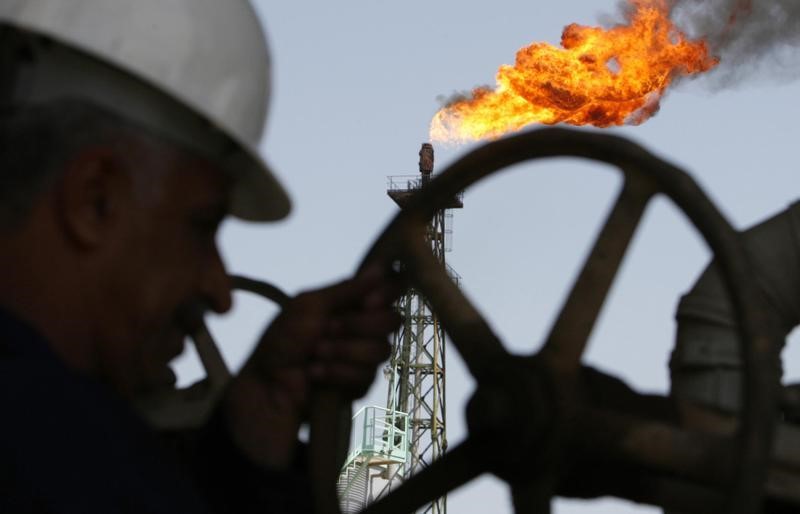By Peter Nurse
Investing.com -- Oil prices fell Friday, weighed by China imposing fresh Covid lockdowns, although the benchmarks were poised for weekly gains as strong U.S. exports point to underlying demand.
By 09:10 ET (13:10 GMT), U.S. crude futures traded 1.5% lower at $87.78 a barrel, while the Brent contract fell 1.2% to $93.88.
China reported 1,506 new COVID-19 infections on Oct. 27, the National Health Commission said on Friday, up from 1,264 new cases a day earlier.
This resulted in the Chinese authorities imposing fresh Covid lockdowns in a number of cities, maintaining the country’s Covid Zero policy which has contributed to the reduction of economic activity in the world’s largest importer of crude.
However, both benchmarks are on course for gains of over 3% this week, and are also set to post a positive month in October following a run of four monthly declines.
The market has been helped by official data showing U.S. crude exports surged last week to a record-high 5.1 million barrels a day, pointing to resilience in global demand despite rising inflation and interest rates.
Additionally, Germany, the Eurozone’s dominant economy, posted a better-than-expected 0.3% gain in quarterly gross domestic product from the previous quarter.
This followed the U.S. economy, the world’s largest, which rebounded from six months of contraction in the third quarter, as gross domestic product grew by 2.6% on a year-on-year basis.
The Organization of the Petroleum Exporting Countries is scheduled to update its long-term oil demand forecasts in its 2022 World Oil Outlook on Monday.
The group is likely to maintain its view that world oil demand will rise for another decade despite the growing role of renewables and electric cars, Reuters reported, citing two OPEC sources.
Turning to the supply side, a looming European ban on Russian crude imports is supporting prices, while doubts are emerging about how effective the Western plans to impose a cap on Russian oil prices will be.
“It will be difficult to get key buyers, China and India to follow the cap,” said analysts at ING, in a note. “And there is always a risk that Russia reduces supply as a result. Obviously, that would have the opposite effect of what the U.S. is trying to achieve.”
In corporate news, Exxon Mobil (NYSE:XOM) reported profit some 15% ahead of consensus forecasts, while Chevron 's (NYSE:CVX) $11.2 billion profit, the second highest in its history, also exceeded expectations.
